The ebook is a centipede
Today I’ will talk about digital books. I would not use the word “ebook”, because
“ebook” today is still a physical book. Publisher makes ebooks thinking at physical books, selling physical books and – after – they makes also a digital porting of the physical book. Maybe.
That is not a digital book, it is a digitized book.
Five years ago we started quintadicopertina, a digital publishing house. Our claime was provide digital content that would give a reading experience different from that of the traditional paper book; not to overlap traditional publishing, but to approach it. In this first five years we experimented different way to think digital content in something we can call “ebook”.
I’m not going to show the content of the ebooks we did, but I’d like to focus on some particular aspects of the process of creation of contents designed as digital text. When I use the word “text” I mean everything could be wrapped in a ebook: text (oblivious), music, sound, voice, video, interaction, hypertext.
I’ll start from the last one: the hypertext is the more simple digital object we can insert in an ebook: actually I can say is the
only object we can put in ebook for ebook reader, using standard like ePub2 or KF8. The hypertext is a rich element: it is not only a jump from one place of the document to another, but it could be a multipurpouse digital object. Indexes could use hypertext, or table of content, but we can also project a ebook like a universe of atoms where the reader (I mean the uman reader, not the device) can switch from an atom to another, building his own reading experience. The ebook specification doesn’t help us:
actually an ebook is designed to be read as a standard book, more or less like we can listen a mp3 like we listened a vinile or a cd.
But we can try to make something different. We experimented some ebooks where the reading is not a linear one. We tried in fiction and non-fiction ebooks. In fiction we linked to the interactive fiction & “make your choice book” tradition, but also to the non linear literature: from Italo Calvino, to Foster Wallace’s Infinite Jest, from Cortazar to Nabokov. The reader start to read the novel and after a while he have to do something: talk with characters, decide the plot of the novel… et ceterae.
In non-fiction we tried to join the blog/web language to that of traditional book. What is gonna change? While
the web is a open place where the reader can surf from site to site, the ebook is a closed place: this could be seen as a limit, but it is a feature too. Closed place
is another way to say: homogeneous and consistent information; no distraction; no background noise: the focus is on the text. So the reader can read the ebook but also can surf the ebook in the way he could surf the internet but all the informations are related one to another. We also tried to break the forth wall and recently we build an ebook
open, where a chapter populates itself when it is opened. I open the chapter and it connects itself to our server and download information of things happened after the ebook has been published. This can be related to a big change in digital information: I do not sell to the reader a “book”, but I sell a connection with the information you are interested at, even when the informations are changing day by day.
Another digital way to project ebook is enrich it with
metadata and semantic information. When I print a paper book I have to translate information in to graphical symbol: a text line bold in center of page is a title, a italic text capitalized is a book title, a period closed in quotes is a… quote from another text, and so on.
In digital we transform datas in datas. We do not think about the graphical look, but we think about the semantic use of the data we are handling in ebook construction. So we can tell to the computer: hei, this is a book title, this is a data, this is a fact, et ceterae. Those informations could be used after to apply a different look and fell, but also make query, build relations between datas embedded in our ebooks.
You can en-rich the ebook with additional information that are invisibile for the reader but visibile for the computer that can use then to create other sections of the same ebook.
The last aspect I’d like to spend some words is about layers and “generative text”. Books could have multiple layers, ebooks could have more. I can think every paragraph of my ebook like a living entity. It can change over times, or when the user touches the single element of the paragraph. I touch the title of a book, in the text, and the text changes and shows me the bibliography related; I begin to read the abstract of an article and the author appears inside the paragraph and begin to speak to me explaining with voice and gestures the chapter more deeply; or I read a algorithm formula, I change numbers, and numbers related changes in other paragraph and graphs too; or I can touch paragraph I need to look into, and the paragraph explodes in multiple information, or collapse if I know the topics and I only need to see the abstract.
Generative text is another step in digital content: I do not write static text, but I write code that write text for me. This text can change in time, have relation with user input, update itself.
So, the idea I’d like to show today is that the
digital book is not a book and it is not the web. It have a foot in one shoe and the other foot in the other shoe.
And it is a centipede. It have more and more foots we could now only try to understand what ground can walk in the future.
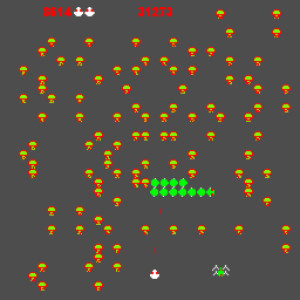
12. giugno 2015 by fabrizio venerandi
Categories: ebook concetti generali |
1 comment

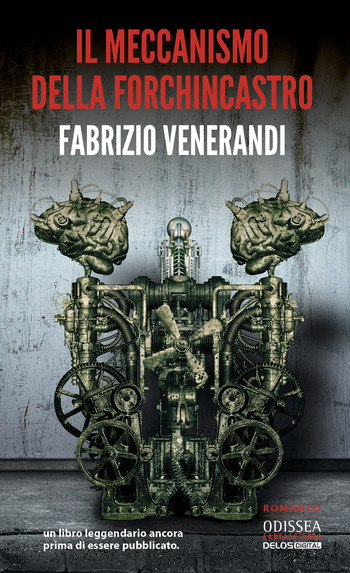
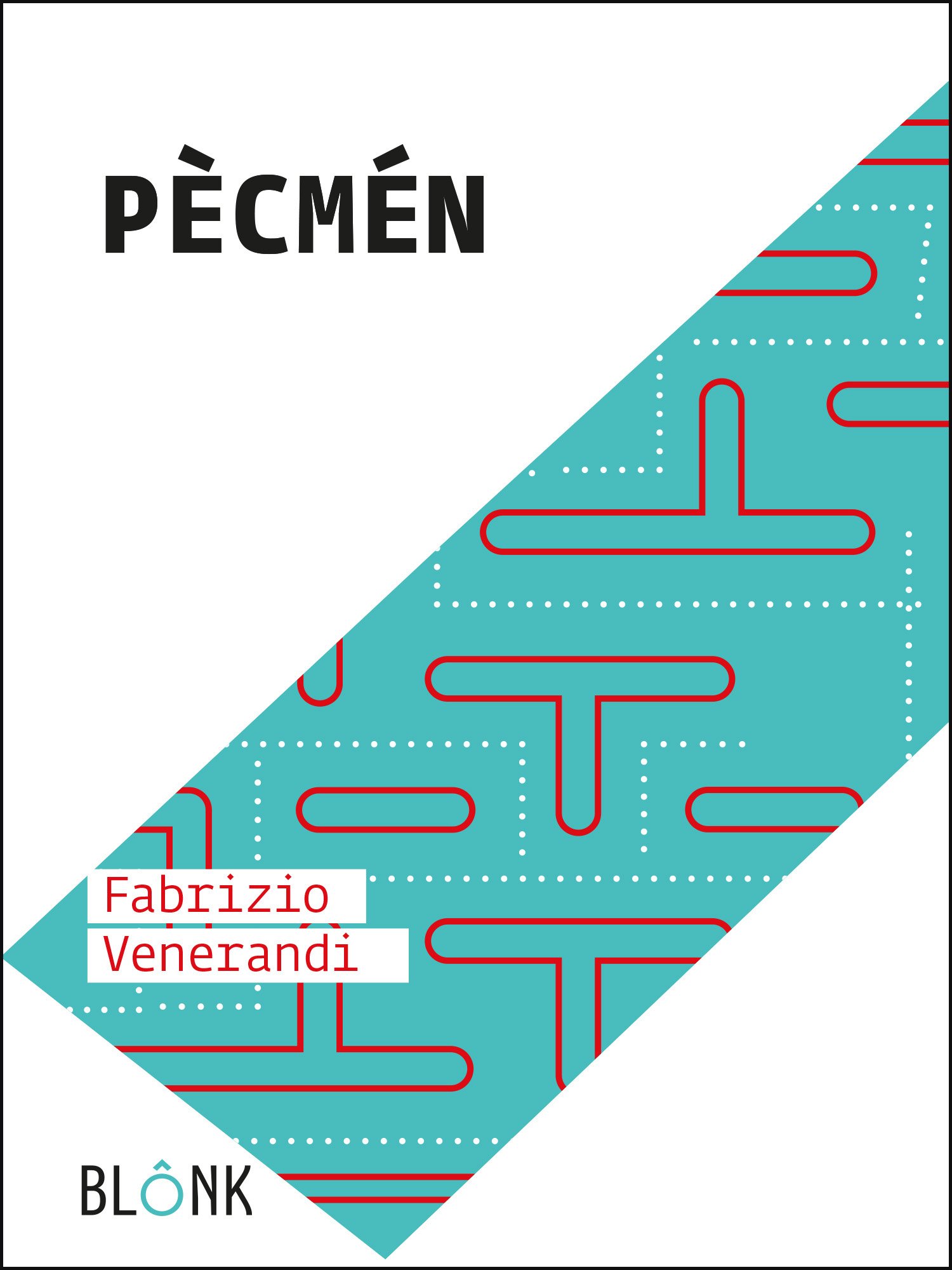
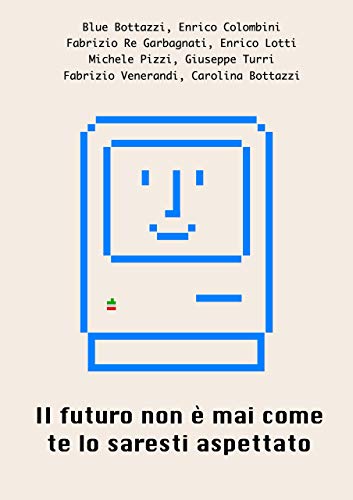


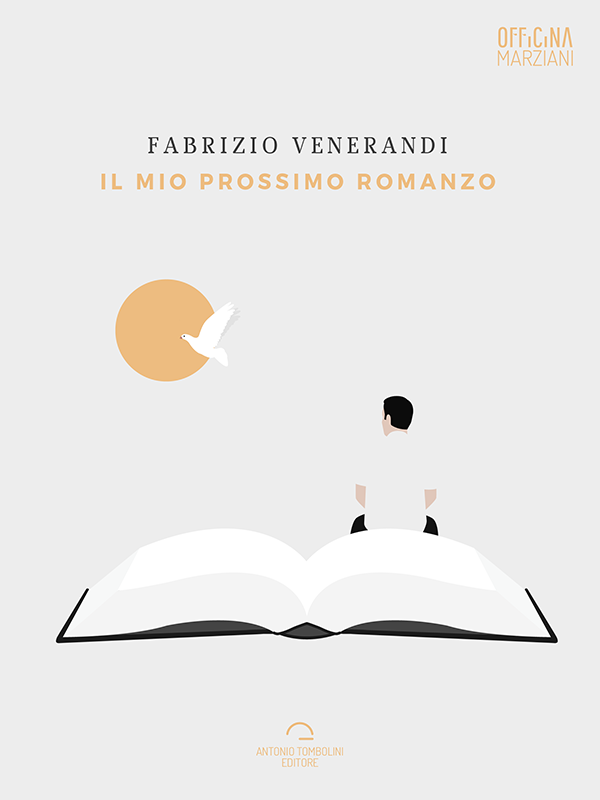

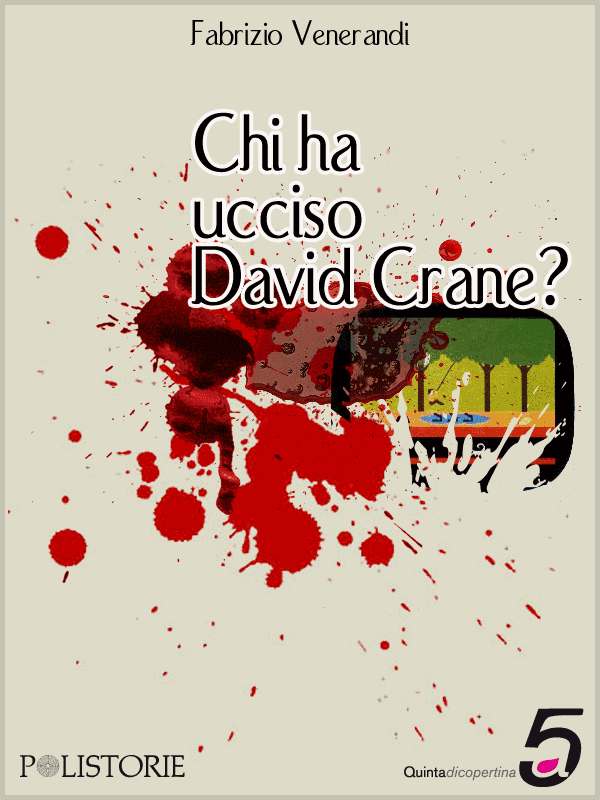

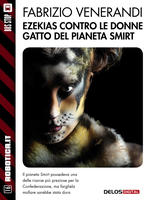
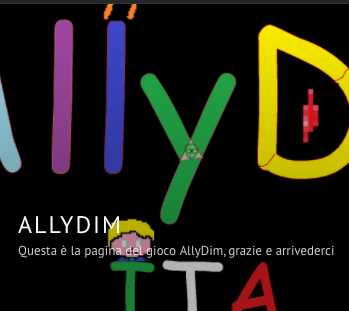
that is why I prefer ebooks instead of traditional paper books